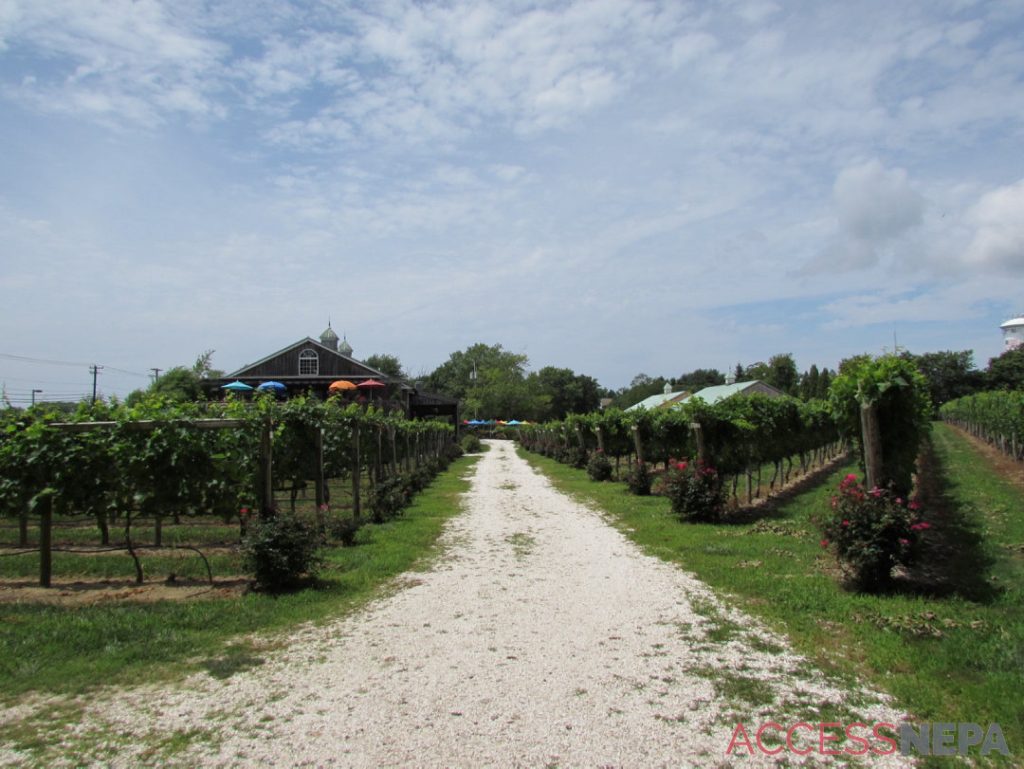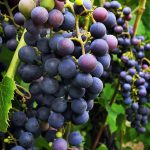The New Jersey shore calls to mind flip-flops, wide beaches and boardwalks.
And on the southernmost end of the coast sits the Cape May peninsula, part of which was designated as an American Viticultural Area a few years ago. And the relatively young wine industry has made some standout wines.
The peninsula has characteristics of quality wine regions. Cape May is actually south of Washington, D.C., which may come as a surprise to some. That alone makes it a warmer growing region — more like Virginia than Pennsylvania or New York. The Atlantic Ocean has a temperature-regulating effect on the peninsula.
The story of Cape May wine industry begins at Cape May Winery in the 1980s, which operated under a different name as a lawn center and nursery. Rutgers University researchers thought the region, because of its similarities with other great wine regions, would be great for grapes. The lawn center put in a few grape vines, and they did very well. It eventually was sold to an owner more interested in wine, and today the large, bustling facility with a café and makes a range of wines, from European varieties to hybrids. The red blend and merlot are both standouts.
To the north, Todd Wuerker is the latest in several generations of his family to farm in the Cape May region, and he has lived the ups and down of farming. After the collapse of the lima bean and pumpkin markets, he looked for the highest-price crop he could find, came up with cabernet sauvignon and planted it.
After selling grapes for several years, he and his wife, Kenna, opened Hawk Haven Vineyard & Winery. For certain, raptors make themselves known as they frequently pass overhead. Hawk Haven produces ridiculous small batches of mostly dry vinifera wines (and one cider). It also has some wines in cans and makes “pet-nat,” a quick and dirty method of crafting sparkling wine. Hawk Haven wines are uniformly excellent but also pricy, ranging from $19 to $40, a tick above the average for the area.

CAITLIN HEANEY WEST / STAFF PHOTO
Southern New Jersey wineries like the Cape May Winery produce outstanding vintages.
Dr. Bruce Morrison caught the wine bug after visiting Napa Valley and bought Jessie’s Creek Vineyards, which he turned into a winery and inn.
“Why put off the dream?” he said.
Jessie’s offers a mixed selection of wines made from estate-grown grapes and purchased grapes, including some from the West Coast. While Jessie’s makes interesting whites, reds such as the blend Stratus and Siren are more conventional.
When visiting New Jersey wineries, make sure you don’t accidentally pass on the red chambourcin, a hybrid grape that does extremely well in New Jersey (and eastern Pennsylvania). I found the Spanish grape albariño also a standout in Cape May.
While producers like these may bristle at the association of New Jersey with fruit wine, the fact is that the state produces make some of the best fruit wine in the nation. No matter your taste, they are worth a try.
The tours and tastings don’t stop at wineries, either. You will also find a few brewers and a distillers of note around the quaint and walkable Cape May.
Between beach and boardwalk, make some time on your next vacation to check out Southern New Jersey’s thriving beer, wine and spirits producers.

David Falchek executive director of the American Wine Society, reviews wines each week. Contact: dfalchek@gmail.com




